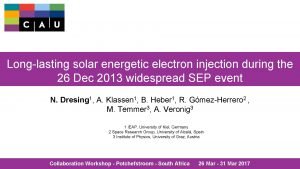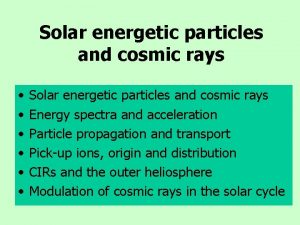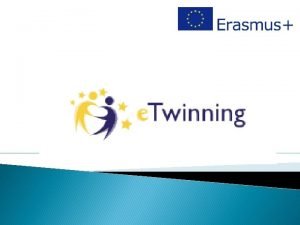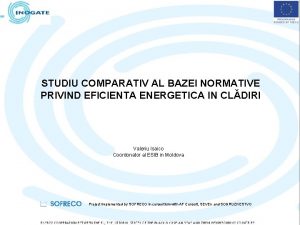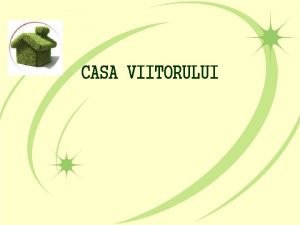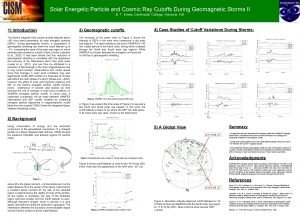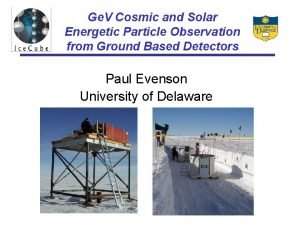19 Coupled heliospheric and solar energetic particle models




- Slides: 4

19. Coupled heliospheric and solar energetic particle models Organizers: Christina O. Lee, Janet G. Luhmann, and M. Leila Mays Special thanks to Matt Gorby and Jon Linker for scene-setting talks that introduced many of the challenges faced. Also thanks to Dmitry Borovikov, Junxiang Hu, Silvia Dalla, and Janet Luhmann for describing their models. . The goals of the session were to: 1. Examine the main issues with coupling SEP and heliospheric models 2. To share examples of what has been learned and what is needed to move forward.

M. L. Mays SPE Threat Assessment Tool (STAT)

Key issues with coupling SEP and heliospheric models? That depends on the approach taken. • We need to consider self-consistency of SEP modeling and underlying coronal and heliosphere modeling to understand the detailed physics. • The more phenomenological models have the possibility of capturing important elements of the self consistent problem and be suitable for some applications. The coronal environment is complex and only partially constrained by observations. How important are the details of the CME for accurately predicting particle fluxes? All models are under-resolved. Does this lead to systematic underacceleration, over-acceleration, or nothing systematic? In general, the underlying heliospheric models really matter. A key issue from is access to accurate, realistic, coronal and heliospheric models. Figuring out how to use these simulation results to make SEP events is another. (The physics of SEP events is still sketchy!)

What is needed to move forward? Shared examples of what has been learned. • Any practical approach involves assumptions that are not directly verifiable. • One common issue is defining the initiation and injection of the seed particle population. What more can be done experimentally to help? How important is it to include the prior event ‘history’? • Determining the importance of what happens in the corona (i. e. , inside ~20 RS). What is the importance of source acceleration descriptions versus transport? This area needs work, including how to determine and model acceleration sites and processes, diffusion parameters and field geometry roles. Also, how do we interpret the coronal shock and EUV waves observations for modeling SEP transport? (Future SHINE session with Ryun Young Kwon? ) • Need to exercise model parameters, turn different physics on/off to understand sensitivity. To move forward, both physically detailed and phenomenological modelers would benefit from ongoing exchanges with each other, such as the type that occurred in our session, with more experimentalists involved next time to criticize the state of the art (in a constructive manner, of course).
